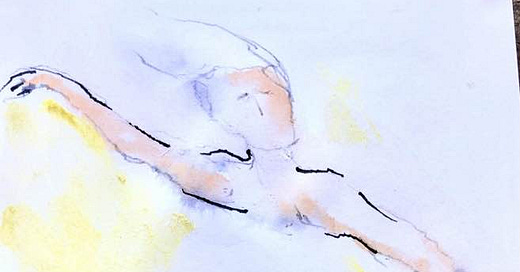Illinois' pension debt grows.
My last post reported on Illinois Governor Pritzker’s budget address and his plans to address the state’s enormous pension debt.
Pritzker’s proposed budget is an advance over previous state budgets. They include increases in state payments and a slight reamortization of the debt repayment schedule.
In the previous post I also wrote how the enemies of public pensions created a phony crisis a decade ago in attempt to steal our retirement benefits.
Our teacher pension was grossly underfunded due to the failure of the state to pay its share. The monthly payment to retirees was never threatened except by the politicians who preferred to move the payments going to retirees and shift the money elsewhere.
But even though it wasn’t the crisis that those like the currently indicted former Speaker Mike Magian and former Governor Quinn claimed, the five state public pension systems were and remain underfunded and the debt just got worse.
Taxpayers, which include teachers, are forced to pay the banks the interest on the debt.
Illinois' Commission on Government Forecasting and Accountability has released its Special Pension Briefing on the state-funded retirement systems' fiscal 2023 actuarial reports.
The five pension systems' unfunded liability climbed to a market value of $142.2 billion at the end of fiscal 2023 on June 30 from $139.8 billion in 2022, with the Teachers' Retirement System responsible for the biggest jump in liabilities.
TRS has the largest portfolio of all the retirement systems.
Last year, TRS was 44.8% funded. That's compared to a 45.4% funded ratio for the State Universities Retirement System, a 43.6% funded ratio for the Judges' Retirement System, a 43.4% funded ratio for the State Employees' Retirement System and a 22.8% funded ratio for the General Assembly Retirement System.
The biggest contributing factor to the growing unfunded liability was a shortfall in contributions by the state to its pension systems.
The state is making the contributions it is required to by law. With Pritzker as governor the payments are more than required in recent years.but they remain short of what is actuarially needed to fund the systems.
The actuarial number is what really is needed to fully fund the five systems. The statutory number is just an amount made up the legislature and is usually less than what is required.
For TRS, there was a $3.9 billion difference between the actuarial figure and the state contribution. For SERS, there was a $595.7 million difference. SURS had a $349.8 million gap. JRS had a $29.7 million shortfall, and GARS a $7.6 million disparity.
The total unfunded liability has risen steadily from $77.8 billion in 2009 to 2023's figure, which is second only to 2020's $144.2 billion high.
The only years in which it decreased, albeit slightly, were 2011, 2017 and 2021. Some observers attributed the 2021 drop to "exceptional investment returns."




